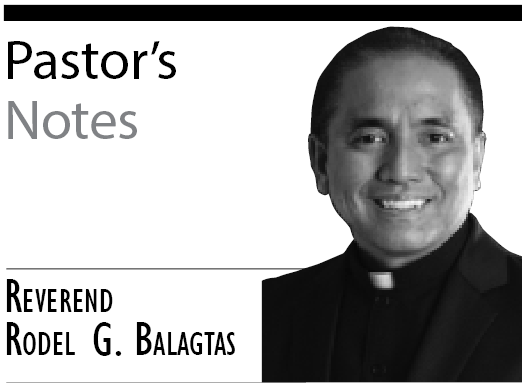Following the bungled rescue operations of last year’s hostage taking that killed 8 Hong Kong tourists, local journalists in Calamba, Laguna, Batangas, Rizal, Quezon (CALABARZON) recently signed last Feb. 1 the protocol on crisis coverage set by the Philippine National Police (PNP) in the area.
Samuel Pagdillao, CALABARZON police director and Chief Superintendent, said in a report from the PNP website that they consider the signing of the protocol by the publishers of local newspapers and presidents of media organizations of CALABARZON as a significant event not only because it also coincided with the founding anniversary of PNP; more important, it marked a stronger PNP-media relationship.
A joint effort of the PNP in Western Visayas and the National Union of Journalist of the Philippines (NUJP), the protocol states that when a journalist learns about the hostage situation first, he or she must report it immediately to the authorities and have it confirmed before reporting it to the public.
The protocol further stressed on the sensitivity of a live coverage, stating that media men should “always assume that terrorist, gunmen, hostage-takers, have access to the reporting (radio, television).”
The PNP also advised the media that crises should only be covered only in a form of a news flash or breaking news, and that further details about the current situation should come from the designated person from the PNP. This is brought about by reports that Rolando Mendoza, the dismissed Manila police and hostage taker of the Hong Kong nationals, became agitated after seeing his brother being arrested on live TV, thus driving him to shoot some of his hostages.
Also mentioned in the protocol is for journalists to avoid sending information on social media accounts like Facebook, Twitter or Google Buzz as the crisis is taking place.
Contacting the terrorists, gunmen, hostage takers, etc., are also part of the restrictions of the protocol with previous reports that a reporter contacted Mendoza through a telephone call amid ongoing police operations.
Giving chief importance to national security,the PNP advised media practitioners to “seriously weigh benefits to the public as against the potential harm the information may cause.”
While the protocol seeks to draw the linebetween the media’s duty to inform the public and the discretion to not be a hindrance to the PNP’s rescue operation should another similar incident happen, Pagdillao made clear that the protocol will not impair the media in performing its duties.
In the essence of carrying out their responsibilities, these two separate entities sometimes go beyond the clause of their duties. The media, that are at times clouded by the demands of the ratings game, go out of their way to expose themselves in danger for the sake of a good story. And the PNP, that sometimes keep their eyes glued on the on going crisis and fail to look out for the other civilians hovering around the area.
It is good to know that the PNP and the media decided to compromise to set healthy boundaries and work effectively together the next time. This just proves that despite their differences, the PNP and the media still both share the same common interest: to serve the public and work with the latter’s best interest at heart.
(www.asianjournal.com)
(OCIE Feb 4-10, 2011 Sec A pg. 6)
Back To Top






